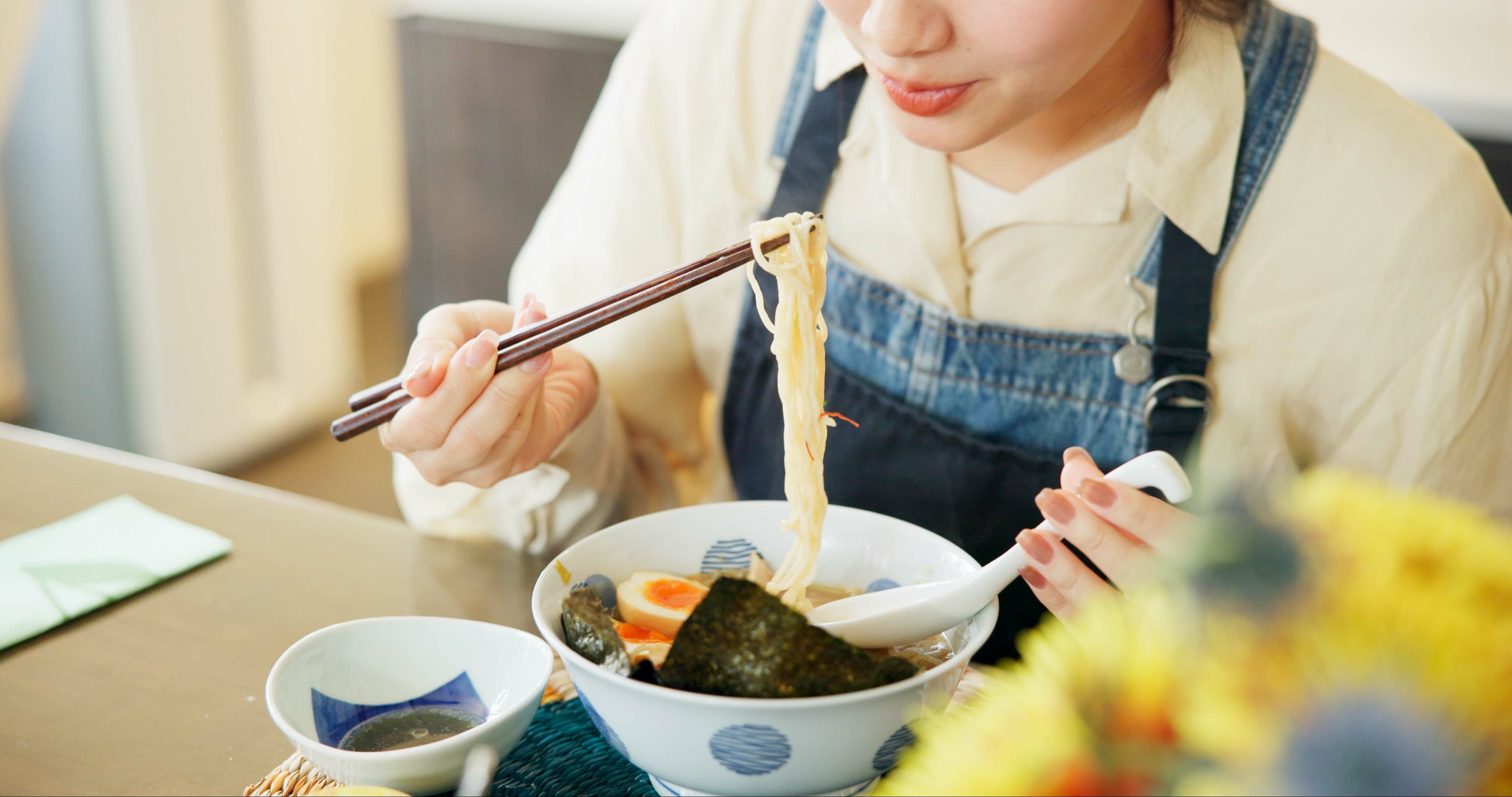11 Culture Shocks That Mysteriously Only Bother American Tourists Abroad
Traveling abroad is a profound experience that often leaves American tourists with a newfound appreciation for the world's diversity. However, this journey is not without its surprises, as cultural norms and traditions abroad can be both fascinating and bewildering. This article delves into 11 uncommon culture shocks that often puzzle American tourists, exploring the mysterious and sometimes humorous ways these differences manifest. From dining etiquettes to public behaviors, each section will unravel a unique aspect of cultural diversity, providing insights into why these practices exist and how they challenge preconceived notions. By understanding these cultural nuances, travelers can enhance their global perspective and embrace the richness of human diversity.
1. Dining Etiquette: The Art of Eating with Precision

Dining etiquette varies significantly across the globe, and American tourists often find themselves puzzled by foreign customs. In Japan, for instance, slurping noodles is not only acceptable but encouraged, as it signifies enjoyment and appreciation of the meal. This contrasts sharply with the American emphasis on quiet dining. Similarly, in parts of the Middle East, using the left hand for eating is considered impolite, rooted in historical hygiene practices. Such customs challenge American tourists to rethink their dining habits and adapt to new environments. Understanding these practices not only prevents social faux pas but also enriches the travel experience by providing a deeper connection to the local culture.
